The content of the article
The fruits of medlar, which are imported from Central Asia and the Caucasus, have amazing gastronomic and healing properties. It is simply impossible to resist the sweet juicy pulp, which makes the fruit valuable for culinary delights. And there is not a single part of the marvelous plant that would not be beneficial: the fruits are eaten raw and boiled, the seeds are ground and brewed as a drink, the leaves are used as compresses and even wood is suitable for souvenir work.
Chemical composition
The listed valuable properties of medlar are given by its chemical composition.
The energy composition of the fruit is as follows:
- lipids - not more than 0.2 g;
- proteins - 0.4 g;
- carbohydrates - 10.3 g (sucrose and fructose);
- dietary fiber - 1.7 g;
- ash - 0.5 g;
- water - over 86 g.
Also, the fruits are rich in valuable vitamins and other useful elements:
- B vitamins (almost all), beta-carotene, ascorbic acid, PP;
- macroelements (sodium, potassium, phosphorus, magnesium, calcium);
- trace elements (manganese, selenium, zinc, iron, copper);
- antioxidants;
- tannins;
- phenols;
- organic acids;
- polyunsaturated fats.
The calorie content of medlar is up to 47 kcal per 100 g, which makes the plant suitable for dietary nutrition.
Useful properties of medlar
The balanced composition of the fruits allows them to be used to strengthen immunity and treat a number of diseases. The pulp of the plant produces the following effect:
- It lowers sugar levels in diabetes (including gestational) and at the same time increases the natural secretion of insulin.
- Facilitates the discharge of sputum with bronchitis and colds, and volatile in the composition eliminate inflammatory processes in the respiratory system.
- Promotes a safe decrease in blood pressure.
- It allows you to remove small stones from the kidneys and urinary ducts.
- It is a natural diuretic, allowing you to remove excess fluid from the body and reduce swelling.
- Improves digestion, relieves intestinal colic and stimulates gastric motility.
- It removes poisons, toxins, compounds of heavy metals, radionuclides and harmful cholesterol from the body, thereby cleansing the liver and blood vessels.
- It produces a firming effect in case of diarrhea (green fruits) or, on the contrary, helps to relax with constipation (ripe fruit).
- Increases the protective properties of the body, and also prevents the development of myocardial infarction, stroke.
- The antioxidants in the composition reduce the risk of developing a malignant process, and also slow down the oxidation of cells (prevention of acidosis).
- Normalizes metabolism.
Vitamin A and C in the composition strengthen the heart muscle and stabilize blood pressure, normalize blood coagulation, and reduce the risk of bleeding.
Fruits are also used in cosmetology to improve the condition of the skin, hair and nails. Antioxidants and beauty vitamins (A and E) trigger cell rejuvenation and regeneration processes, polyunsaturated fats help restore hydrolipidic balance, and volatile and esters help relieve irritation and reduce skin inflammation. Masks and medlar shampoos make hair unusually soft and light, nourish the roots and reduce hair loss. Nail trays lighten the nail plate and heal burrs.
Medlar helps men accelerate metabolism, which contributes to more effective training and active loss of fat mass. Berries also cleanse blood vessels from cholesterol and atherosclerotic plaques, restore their tone and elasticity, which helps restore the body faster after prolonged smoking.
It is interesting that not only the fruit itself is taken for food, but also its seeds and leaves.
The seeds are finely ground in a coffee grinder and then a valuable drink is prepared that tastes like coffee. It perfectly tones, cleanses blood vessels and stabilizes blood pressure.
The leaves of medlar are valued for a rare natural absorbent - amygdoline. It is he who binds and removes various toxins, free radicals and chemical compounds that come with alcohol or cigarettes, industrial products from the body. A decoction of the leaves is advisable to take with food and alcohol poisoning, intoxication, liver disease (cirrhosis). Leaves are eaten in the form of herbal decoctions, alcohol infusions, as an ingredient in jam. In this form, the plant helps to get rid of intestinal and renal colic, improves digestion, facilitates breathing in rhinitis and sinusitis, and softens cough in asthma and bronchitis.
Leaves must begin to be collected at the end of summer, and the fruits in September. It is noteworthy that after heat treatment, medlar does not at all lose useful components and healing properties.
Medlar and diet food
In Asian countries, the valuable potential of fruit for body shaping has long been discerned. First of all, this contributes to low calorie intake along with satiety and the presence of dietary fiber. With a handful of fruits, you can quench your appetite for several hours and normalize digestion, but you can’t recover at all, because the medlar contains only complex, long digestible carbohydrates and absolutely no fat.
Medlar is great as a diet food - for this, replace the fruit with daily snacks. Fasting days on fruits are also effective (once a week you can only sit on them and water to completely cleanse the body). Attention, on the day of unloading, more than 1000 g of medlar should not be eaten.
Dietary fiber helps to eliminate toxins and feces - minus 1 kg of excess weight. You lose another 1-2 kg due to the diuretic effect - excess water and salt leave the body, and swelling decreases.
Useful recipes
For many CIS countries, medlar is considered a strange fruit, so there are not so many recipes for cooking.
Let us give an example of several therapeutic options for preparing fruits and leaves.
- Infusion of fruits. Remove the seeds from the medlar (4 pcs.) And grind the pulp with a blender or fork. Pour the resulting mixture into 100 ml of vodka. If it is possible to crush the seeds, then you can also add them to the fruit consistency. Insist in a dark cool place for 5 days, then strain and consume 1 spoonful before meals.
- Decoction of leaves. It is necessary to take 1 tablespoon of chopped (chopped) fresh leaves and pour a glass of boiling water. Insist hour, then strain. The tool is taken 50 ml after a meal, which allows you to saturate the body with vitamins and stimulates digestion. For the treatment of ulcerative conditions, colitis or gastritis, 3 tablespoons of the decoction should be drunk half an hour before a snack. You can also rinse your mouth with a decoction to prevent bleeding of the gums and periodontal disease.
- A thick decoction of leaves. 170 g of boiling water is taken per 10 g of the crushed plant. The broth is infused in a thermos, after which 2 tablespoons are used 15 minutes before a meal. The concentrate is used for diarrhea, as well as to stop internal bleeding. If it is not possible to prepare fresh leaves, then a dry collection is taken, which also needs to be brewed in a thermos, but at least 3 hours.
Contraindications and harm medlar
Medlar is recommended by nutritionists and gastroenterologists for use, however, it is necessary to control portions in the following cases.
- Gastrointestinal diseases in the acute phase. It is not recommended to eat fruits in remission of ulcers, gastritis, enterocolitis and colitis, pyelonephritis, glomerulonephritis, high acidity. With caution, you can eat fruit in a heat treatment (soufflé, jam, decoction), as well as in the form of marmalade, dried fruit.
- Childhood. If the child has never tried medlar, then you need to give one fruit and look at the reaction of the skin and mucous membranes. An allergic reaction in children is possible if there is an intolerance to certain berries or citruses in the history. Pediatricians recommend introducing fruits into the diet for children from 1.5 years.
- Lactation. It is not recommended to use medlar during breastfeeding, as diathesis in a child is possible.
It is also necessary to consider the following features of the fruit:
- An unripe fetus is very acidic, can aggravate internal bleeding, stomatitis in the oral cavity, and also cause constipation.
- Overripe medlar loses valuable properties.
- Fresh fruit seeds are toxic (contain hydrocyanic acid), so they must be slightly fried before use.
Oriental delicacy is actively used in cooking, where it reveals all its gastronomic potential. Sweet berry perfectly emphasizes the taste of baking and jam, and thanks to sourness, you can get a delicious meat sauce. In addition, the daily use of a delicious fruit helps to strengthen the immune system, improve digestion and cleanse the body.
Video: the use of medlar

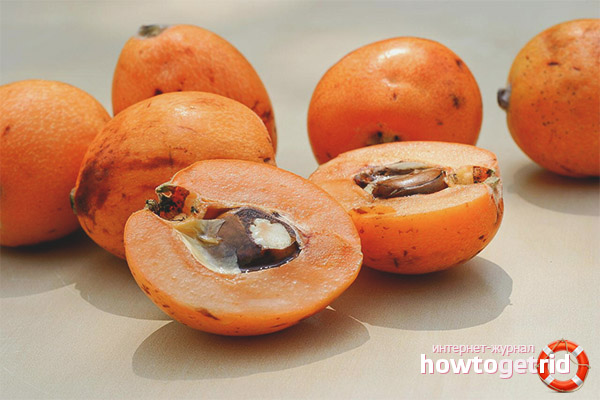
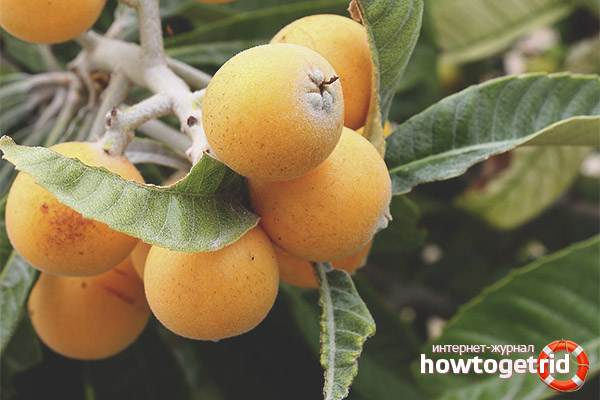
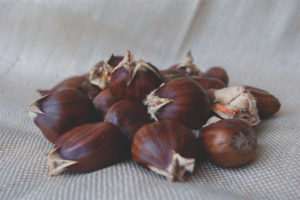
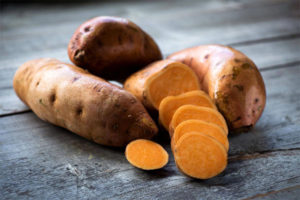
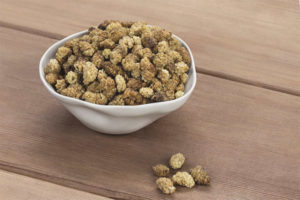


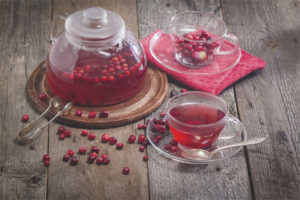
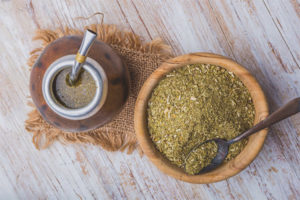
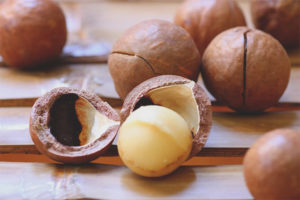
Submit